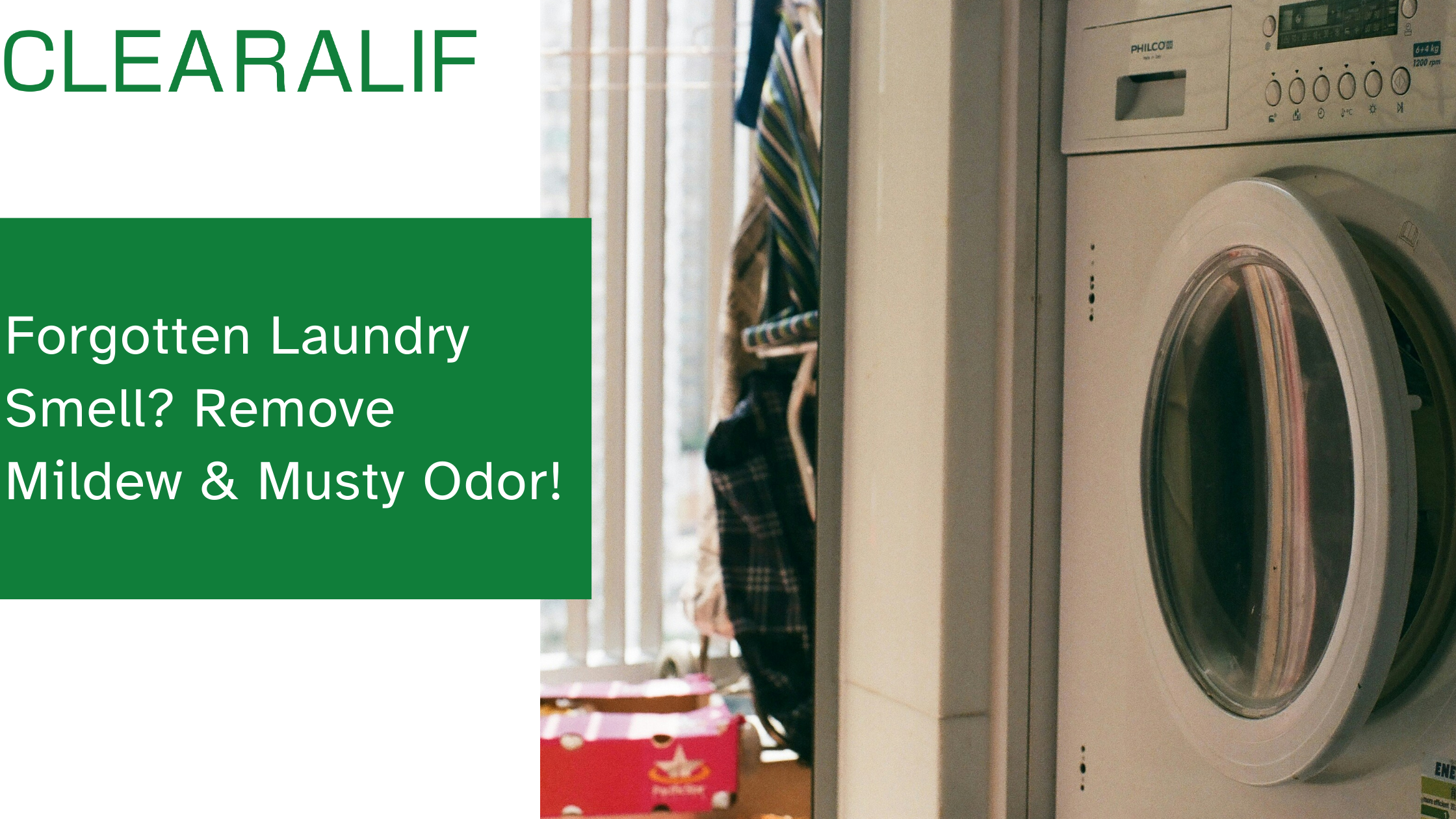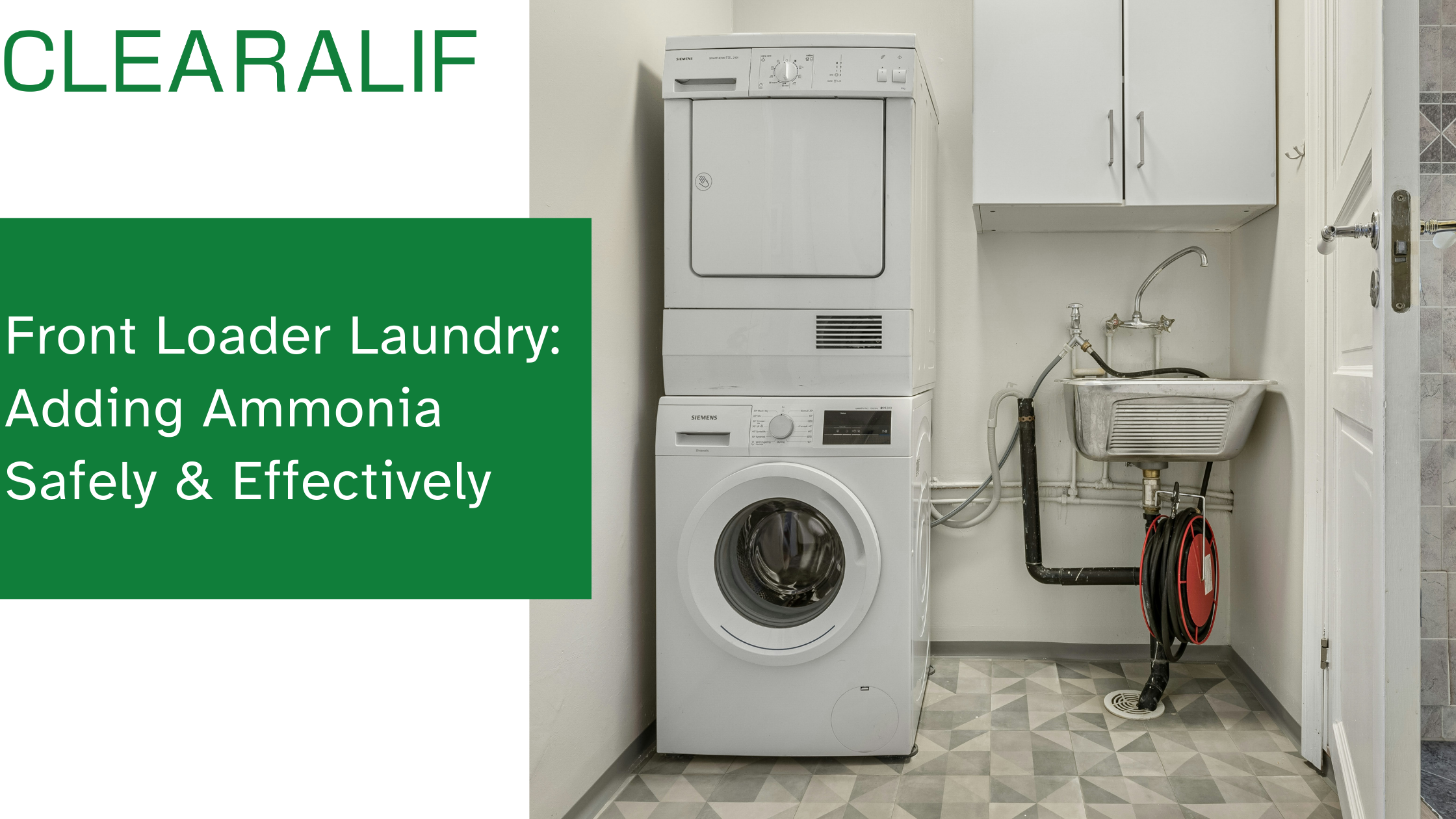If you’re a pet parent, you’ve likely experienced “that moment.” You know, the one where you discover a less-than-pleasant mess left by your furry friend, and your trusty towels become the front-line defense. Whether it’s an accidental puddle of poop, a nosebleed, or a cut paw, cleaning up pet bodily fluids is a fact of life. But once the immediate crisis is over, you’re left with a soiled towel and a big question: how do you truly clean and disinfect it so it’s safe and fresh again, not just for your pet, but for your whole household?
You’re certainly not alone in this struggle. Many pet owners find themselves standing in front of their washing machine, wondering if a regular wash cycle is enough to banish bacteria, odors, and stains. The truth is, tackling pet waste and blood requires a bit more than just tossing it into the laundry basket. It demands a strategic approach, and as your laundry expert, I’m here to guide you through it.
The Unpleasant Reality: Why Pet Messes are a Laundry Challenge
It’s easy to think a quick wash will solve everything, but pet bodily fluids – especially dog poop and blood – present unique challenges. Beyond the visible stains, these substances carry a host of bacteria, viruses, and parasites that can pose health risks if not properly dealt with. We’re talking about things like E. coli, Salmonella, and various parasites that can linger if not disinfected.
On top of the health concerns, there’s the odor factor. Pet waste odors can be incredibly stubborn, embedding themselves deep within fabric fibers. If not thoroughly cleaned, these unpleasant smells can reappear, leaving your towels feeling less than fresh, no matter how many times you wash them. That’s why a targeted approach, focusing on both cleaning and disinfection, is absolutely essential.

Immediate Action: Pre-Treating Soiled Towels
The key to successfully cleaning and disinfecting towels with gross pet messes starts before they ever hit the washing machine. Pre-treatment is your secret weapon against stains, odors, and the proliferation of harmful bacteria. Don’t skip this crucial step!
Dealing with Solid Waste (Poop)
For solid dog poop, the first step is to remove as much of the physical waste as possible. Don’t be shy – grab some gloves and use a stiff brush, a dull knife, or even an old plastic card to scrape off any excess. Do this outdoors if you can, or over a toilet to easily dispose of the solids. Once the bulk is removed, rinse the affected area under cold, running water from the back of the stain. This helps push the residue out of the fabric rather than deeper into it.
Tackling Blood Stains
Blood stains require a specific approach because heat can actually set the protein, making it much harder to remove. Always, always start with cold water. Rinse the blood stain under cold running water immediately, again, from the back of the fabric if possible. Avoid hot water at this stage, as it can cook the blood into the fibers. Gently rub the fabric together under the running water, or blot with a clean cloth, working from the outside of the stain inwards to prevent spreading.
General Pre-Soak Recommendations
After removing solids and rinsing, a pre-soak is highly recommended. For both poop and blood, a good quality enzymatic cleaner or a strong laundry detergent mixed with water can work wonders. Submerge the soiled area of the towel in a bucket or utility sink with this solution for at least 30 minutes, or even a few hours for particularly stubborn stains. Enzymatic cleaners are especially effective because they break down the proteins in organic matter, making them easier to wash away. For extra power, a paste of oxygen bleach (color-safe bleach) and water can be applied directly to the stain during this soak.

Washing for Deep Clean & Disinfection
Once you’ve pre-treated, it’s time to move to the washing machine. This is where you’ll truly deep clean and disinfect those soiled pet towels.
Separate Loads are Essential
This might seem obvious, but it bears repeating: never wash towels contaminated with pet bodily fluids with your regular laundry, especially not with items that touch your skin or food. Dedicate a separate wash cycle just for these heavily soiled items. This prevents cross-contamination and ensures that any lingering bacteria from the towels don’t spread to your other clothes.
Choosing the Right Water Temperature
For disinfection, hot water is your best friend. A wash cycle with the hottest water setting appropriate for your towels (check the care label, but most cotton towels can handle hot water) is crucial for killing bacteria and dissolving embedded grime. If your towels are colorfast, a temperature of at least 140°F (60°C) is ideal for sanitization. If you’re concerned about colors bleeding, consider a separate load for white and colored towels.
Detergent Power & Additives
Use a robust laundry detergent that’s designed for tough stains and odors. For an extra boost of disinfection and stain removal, add a laundry booster. Oxygen bleach is an excellent, color-safe option that works by releasing oxygen to break down stains and sanitize. For white towels, a small amount of chlorine bleach (if safe for the fabric) can be used, but always follow product instructions carefully. Another effective, natural additive is white vinegar. Adding about half a cup of white vinegar to the fabric softener dispenser during the rinse cycle can help neutralize odors and act as a mild disinfectant.
Drying: The Final Step in Sanitization
Drying isn’t just about getting your towels fluffy again; it’s a critical part of the sanitization process. Proper drying helps ensure that any remaining bacteria are eliminated.
High Heat for High Standards
After washing, transfer the towels directly to the dryer. Use the hottest setting your towels can tolerate. The high heat of a tumble dryer, combined with the thorough washing, is highly effective at killing any lingering microbes. Make sure the towels are completely dry before you remove them and fold them. Dampness can encourage mold and mildew growth, bringing back those unwanted odors.
Air Drying Considerations
While air drying is eco-friendly, for truly soiled and disinfected towels, high heat drying is superior. If you must air dry, choose a sunny spot. UV rays from direct sunlight have natural antibacterial properties that can aid in disinfection. However, rely on mechanical drying for the best results when it comes to sanitizing pet-soiled items.
Preventing Future Headaches: Best Practices
Prevention and preparedness can make future clean-ups much less daunting. A little foresight goes a long way.
Dedicated Pet Towels
Consider having a specific set of “pet towels” that are used only for pet messes. You might even color-code them (e.g., all blue towels for pets) so there’s no confusion. This helps prevent cross-contamination with your family’s regular bath towels or kitchen towels. Keep them in an easily accessible spot for quick clean-ups.
Quick Clean-Up Saves the Day
The faster you address a pet mess, the easier it will be to clean and disinfect the affected towels. Fresh stains and fluids are always simpler to remove than those that have had time to dry and set into the fabric fibers. Keep a small kit with gloves, paper towels, and maybe a basic cleaning spray handy for those inevitable accidents.

Try CLEARALIF Laundry Detergent Sheets
When it comes to washing your pet towels (and all your laundry!), choosing an effective and eco-friendly detergent is a no-brainer. That’s where CLEARALIF Laundry Detergent Sheets come in. These innovative sheets dissolve easily in both cold and warm water, making them perfect for those hot water washes you need for disinfection, but also gentle enough for everyday use. They’re super compact, come in plastic-free packaging, and are HE-machine friendly with their low-sudsing formula. Plus, there’s a Fragrance-Free option, which is great for sensitive pets and people. While they won’t miraculously remove set-in stains, they provide a powerful clean that’s kind to the planet.
Your Soiled Pet Towel Cleaning Checklist
Here’s a quick rundown to ensure your pet towels come out fresh and truly clean:
- Scrape & Rinse Immediately: Remove solids, then rinse with cold water (blood) or warm water (poop) from the back of the stain.
- Pre-Treat Thoroughly: Use an enzymatic cleaner or strong detergent for a good soak.
- Wash Separately: Never mix pet mess towels with other laundry.
- Use Hot Water: Opt for the hottest water setting appropriate for the fabric.
- Add a Booster: Consider oxygen bleach or white vinegar for extra cleaning and disinfection.
- Tumble Dry on High Heat: Ensure towels are completely dry to kill lingering microbes.
- Designate “Pet-Only” Towels: Prevent cross-contamination and be prepared for future accidents.

A Clean Home, A Happy Pet (and Pet Parent!)
Dealing with pet messes is part of the joy (and occasional challenge) of pet ownership. But with the right approach, you don’t have to sacrifice hygiene or live with lingering odors. By following these steps for pre-treatment, washing, and drying, you can ensure your towels are truly clean and disinfected, ready for their next heroic clean-up mission.
A clean home is a healthy home, for both you and your beloved furry companions. And for a simple, effective, and planet-friendly way to get that deep clean, consider making CLEARALIF Laundry Detergent Sheets a staple in your laundry routine.







Leave a comment
This site is protected by hCaptcha and the hCaptcha Privacy Policy and Terms of Service apply.